What is in this article?
Given his lifelong journey to discover the mathematics of the universe, it may take more than a few sentences to answer the question “Who is Albert Einstein?”
To know more about the inspiring life of the genius scientist whose theory of relativity is still considered the most satisfactory model, please continue reading...
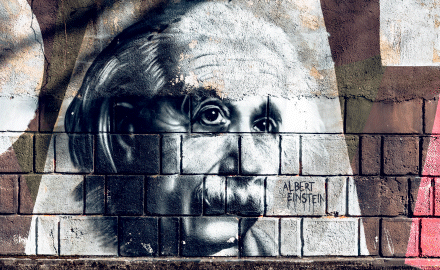 Who is Albert Einstein?
Who is Albert Einstein?
Many books and films have been made about Albert Einstein, considered by the entire world to be the greatest scientist of the 20th century. Einstein, who discovered how the universe works thanks to the relationships he established between space and time, did not in fact have the easy life he was supposed to have had. However, despite all the ups and downs in his life, he managed to create works that have left their mark on history.
Albert Einstein was born in Ulm, Germany in 1879. His father, Hermann Einstein, was an engineer who, together with his brother, founded Elektrotechnische Fabrik J. Einstein & Cie - a Munich-based company engaged in the mass production of electrical equipment. Albert started Catholic primary school at the age of five and moved on to Luitpold Gymnasium at the age of eight. Albert Einstein, who had difficulty speaking, objected to the strict pedagogical rules of the school and, despite his talent for mathematics, did not feel close to his courses or his teachers. His passion for classical music and playing the violin, which began while he was still a student, continued throughout his life. Thanks to a sense of curiosity that grew with each passing day as a young child, he taught himself algebra at the age of 12 and developed his own unique proof of the Pythagorean Theorem. One of the turning points in Einstein’s life was thanks to a Polish medical student, Max Talmud, who occasionally joined him and his family for dinner. Talmud, who opened up new horizons for the young genius, introduced Einstein to scientific articles for children, which inspired him to think about the nature of light. So Einstein wrote the “Research on the Ether in Magnetic Areas”, which would later be considered the first major article of his younger years.
In 1894 Albert Einstein’s family left Germany for Milan, Italy. Meanwhile, Einstein stayed in a motel owned by his relatives in Munich, to complete his education in Luitpold. However, he soon moved to Italy to join his family without completing his education. When it was time, Einstein was faced with the task of joining the military, but he withdrew from military service due to emotional fatigue, claiming a doctor’s recommendation. His family was worried about his future, as he was seen as someone who had not finished school and had run away from the obligation to serve in the army. Although his family though he could not continue his education, in October 1895 Einstein took the entrance examination to the “Eidgenoessische Polytechnische Schule” in Zurich. Despite some challenges, he enrolled at the school on the recommendation of the rector to become a math and physics teacher. Einstein, who was an average student during his university years, graduated in July 1900. Immediately afterwards, he applied for a teaching post at the Polytechnic and other universities, but was unsuccessful. At the same time, he accepted an offer to join the Swiss Patent Office and began working as an auditor. Einstein spent all his spare time on scientific research, and his sense of curiosity drove him to think more deeply. Around the same time, he renounced his German citizenship and officially applied for Swiss citizenship, which he received on 21 February 1901.
While in Zurich, he met Mileva Maric, a student of mathematics and physics at the Federal Polytechnic School, and they married in 1903. In 1905, Einstein received his doctorate from the University of Zurich and eventually published four scientific articles, each of which had a profound impact on the field of physics. In contrast to his career, Einstein’s marriage was not very good. Indeed, he felt lonely throughout his life, and as problems in his marriage grew, his wife and children returned to Zurich in July 1914. As Einstein did not want to continue his marriage to Mileva, they divorced in February 1919. He then fell in love with his cousin Elsa Loewenthal, who never left him during his depressive moments, and married her on 2 June 1919.
What Did Albert Einstein Discover?
Albert Einstein is considered the most successful scientist in history. Some of his best-known discoveries include the theory of relativity, energy-mass balance, the photoelectric effect, quantum mechanics, and his small, yet important role in the starting of the Manhattan Project.
Einstein’s discoveries and theories revolutionized science with his theories of space, time, mass, motion and gravity, helping scientists to understand how the universe works. It is also well known that Albert Einstein’s work in the field of physics added a new horizon to theories that had not yet been completed. Among his most famous works are the new horizons he added to Isaac Newton’s concepts of absolute space-time and James Clerk’s idea that the speed of light is speed.
Avogadro’s number, quantum theory of light, general and special relativity, the photoelectric effect, wave-particle duality, Brownian motion, the relationship between mass and energy, and the Bose-Einstein condensate formed the basis for major scientific studies and projects.
Let’s briefly mention about the scientific studies, proving that Albert Einstein was a genius.
Quantum Theory of Light
Einstein contributed much to the development of quantum theory with his 1905 article on the photoelectric effect, in which he explained that light consists of small quantums. In his early years, Einstein argued that light should be treated as both a wave and a particle. The concept became known as the wave-particle duality of light and formed the basis of quantum physics. Although lasers are not generally associated with Einstein, it was his work that made them possible.
Avogadro’s Number
Einstein claimed the existence of molecules or elements called atoms. Scientists used Einstein’s theory to calculate Avogadro’s number. (Avogadro’s number is the number of atoms in one mole of molecules or elements.)
Physical Cosmology
When Einstein’s theory of general relativity was applied to the universe as a whole, it paved the way for a new field of physics called physical cosmology. It is said that this branch of physics investigates the nature of the universe. (Is the universe static, expanding, or shrinking? What shape does the universe have?) Einstein explored this theory in 1917 and developed a fixed theory of the universe using the “cosmological constant” in the area equations. Einstein later discovered the idea of an expanding universe in 1931.
Bose-Einstein Condensate
In 1924, Einstein used a unique approach to problems in quantum mechanics by borrowing from statistical mathematics in an article written by mathematician Satyendra Nath Bose. Einstein first published Bose’s article and then added the topic to his own articles.
He then applied Bose’s statistical method to gas molecules. What he discovered was extraordinary. When an atom is cooled to near absolute zero, a new state of matter is created. The new state of matter is called a “Bose-Einstein condensate”. However, it was not until 1995 that the Bose-Einstein condensate was produced in a laboratory.
Gravitational Waves
Using the theory of general relativity, Einstein established gravitational waves in 1916. Waves are anomalies in space-time caused by accelerating masses. Einstein never really decided whether gravitational waves would be predicted or ignored by the theory, and it took decades for astronomers to decide one way or the other. The first observation for gravitational waves was published 100 years after Einstein’s predict, with LIGO research in 2016.
Brownian Motion
Brownian motion is known as the random motion of particles suspended in a liquid (or gas) as a result of their collisions with faster atoms or molecules in the gas or liquid. Brownian motion explains the collision between particles. The theory is based on the logic that particles move in the force areas of other particles, colliding with them. This was the evidence that support the kinetic energy motion.
In 1827, Robert Brown was using a microscope to study the movement of particles trapped in gaps in water and realized that he could not identify the mechanisms that caused this. Atoms and molecules have long been theorized as the components of matter.
Decades later, in 1905, Albert Einstein published an article detailing how the motion observed by Brown was the result of the pollens being moved by individual water molecules.
Albert Einstein: Private Theory of Private Relativity
Einstein’s private theory of relativity shows that space-time can do strange things in the absence of regions of gravity. But this is only the visible part of the iceberg, just as Einstein’s general theory of relativity managed to add mass gravity to the mix. He discovered that giant objects such as stars actually disturb the space-time texture, and it is this disturbance that produces the shocks that we perceive as gravity. The theory of relativity, one of the greatest scientific revolutions in history, changed the way physicists thought about space and time.
Einstein’s private theory of relativity was first presented in 1905 in his article “On the Electrodynamics of Moving Objects”. The article took physics to an exciting dimension. The theory explained that space-time is actually connected. Einstein called the common structure space-time. His third article on the “electrodynamics of moving objects” contains Einstein’s famous “E = mc 2”. The equation showing that energy and matter can be substituted for one another provided the scientific world with the key to the development of atomic energy. This fascinating work revealed how these atomic particles can have a big impact.
Dialog of Geniuses
Albert Einstein vs Mustafa Kemal Atatürk
Albert Einstein sent a letter to Mustafa Kemal Atatürk on 17 September 1933 in which he mentioned his admiration for him, told him that Turkish laws should be more liberal and, arguing that Germany was a democratic country, asked permission to work with 40 German scientists.
Let’s have a look at this letter:
Your Excellency (Atatürk),
As Honorary President of the World Association, I ask Your Excellency for permission for the forty professors and doctors from Germany to continue their scientific and medical work in Türkiye. The above is no longer applicable in Germany due to current legislation. Most of these scientists have a wide range of experience, information and scientific skills and can be very helpful when moving to a new country.
Our association has selected forty experienced professionals and leading scientists and asked your executive for permission to move to your country to work. These scientists are willing to work for a year without taking any money, on the orders of your government.
I use my freedom to express my hope that your government will not only do a highly humane thing by fulfilling this request, but will also bring benefits to your country.
The humble servant of Your Excellency
Prof. Albert Einstein
Einstein’s request was politely turned down by the President İsmet İnönü at the time. Because he did not write the letter directly to Atatürk, but to the President of the Turkish Republic. For some, the letter never reached Atatürk. For others, scientists were invited to the country, as Albert Einstein was introduced to Mustafa Kemal Atatürk.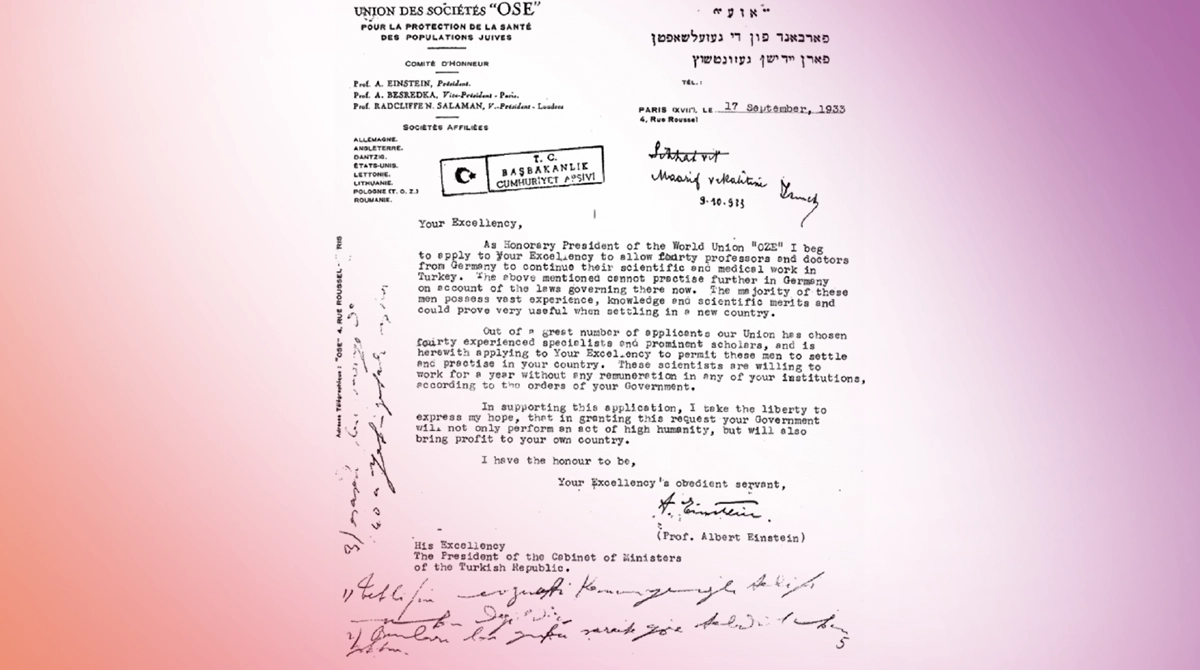
Albert Einstein vs Oppenheimer
When Einstein heard that three German scientists had split the atom in 1938, he wrote a letter to President Franklin Roosevelt warning them that the Nazis were on their way to creating a super weapon. Einstein was not actively involved in the Manhattan Project, but there was no other famous person to sound the alarm about the danger posed by Hitler’s possession of an atomic bomb. Shortly after the world learned of Oppenheimer’s leadership of the Manhattan Project, Oppenheimer’s work was used in Hiroshima and Nagasaki. The genius physicist then spent the rest of his life arguing against the use of the atomic bomb, just as Oppenheimer spent most of his days arguing about hydrogen bomb research. In addition to their personality differences, the two scientists could not agree on quantum physics.
While Oppenheimer regarded quantum physics as the holy book of modern theoretical physics, Einstein spent most of his last years trying to open up black holes in this theory. So the geniuses did not become collaborating scientists, but polite colleagues and neighbors from two different generations.
Albert Einstein vs Nikola Tesla
Albert Einstein and Nikola Tesla are two of the greatest minds to have lived. Both have made incredible contributions to science. In addition to wireless radio communication and alternating current systems, Nikola Tesla, like all great inventors, dealt with many other subjects. One of the subjects he thought a lot about was the relationship between matter and energy. He even claimed to have developed a new dynamic theory of gravity later in life. But the details of his theory are never presented. However, Tesla did not think that Albert Einstein had it right when he introduced his theories of relativity. The first biographer, John O’Neill, mentioned him as follows: “Tesla constantly attacked the validity of Einstein’s works on energy being obtained from matter.”
Albert Einstein’s Works and Awards Received
In 1905, Albert Einstein, while employed at the Swiss patent office during the so-called “Miracle Year,” published three significant articles. In his inaugural article, Einstein posited that light is comprised of discrete packets, or quantum, of energy. He then proceeded to elucidate the observed photoelectric effect, whereby light rays prompt the release of electrons from metals, which can be converted into electric current. In recognition of his contributions to the field of physics, Albert Einstein was awarded the Nobel Prize in Physics in 1921. In his second article, he demonstrated that Brownian motion is a result of molecular motion, which provides compelling evidence for the existence of atoms. In his third article, he expanded upon the concepts of private relativity and Newton’s universal gravitation law, which describes gravity as a feature of space-time. His published articles were instrumental in securing him professorships at universities in Bern, Zurich and Prague. In 1914, he was appointed to the Kaiser Wilhelm Institute of Physics in Berlin, and the University of Berlin offered him the position of Professor.
The 1921 Nobel Prize in Physics was awarded to Albert Einstein in recognition of his contributions to theoretical physics, particularly his discovery of the photoelectric effect law. Due to a decision made at a higher level of the company, it took almost a year for him to receive the award. In his thank you speech, he once more chose to address the topic of relativity. At a meeting on 9 November 1922, the Royal Swedish Academy of Sciences voted to award the 1921 Nobel Prize in Physics to Albert Einstein. The prize was previously reserved and was awarded for his services in the field of theoretical physics, especially for his discovery of the photoelectric effect law. The decision prompted decades of speculation about the reason for the lack of recognition accorded to Einstein’s theory of relativity.
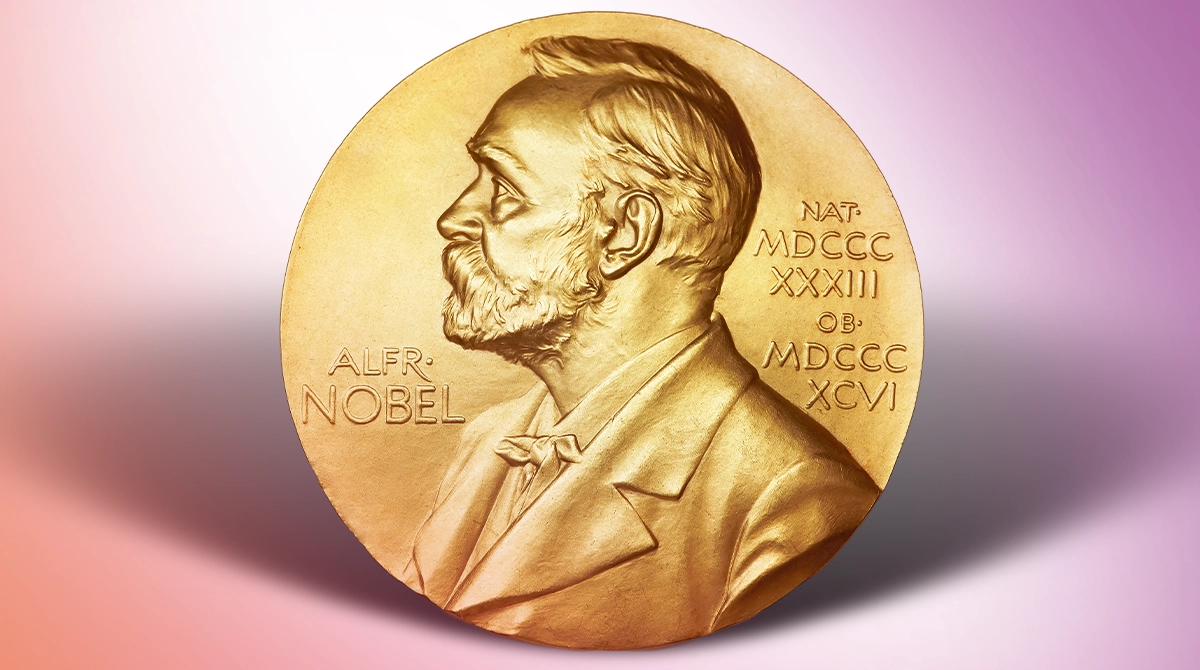
Inspiring Quotes by Albert Einstein
Albert Einstein has left a legacy of quotations that continue to inspire people across generations. Please find below some of the most notable quotes from Albert Einstein, a renowned thinker, scientist and innovator who dedicated his life to the advancement of humanity. He is widely regarded as one of the most influential and humorous geniuses in history.
“The purpose of education is to foster individuals who are capable of independent thought and action, while also recognizing the value of community service.”
“The world is a dangerous place to live, not because of the people who are evil, but because of the people who don’t do anything about it.”
“A person who never made a mistake never tried anything new.”
“Logic will get you from A to B. Imagination will take you everywhere.”
“If you can't explain it simply, you don't understand it well enough.”
“The distinction between past, present, and future is only a stubbornly persistent illusion.”
“I am at all events convinced that He (God) does not play dice.”
“I regard class differences as contrary to justice and, in the last resort, based on force.”
“My political ideal is democracy. Let every man be respected as an individual and no man idolized. It is an irony of fate that I myself have been the recipient of excessive admiration and reverence from my fellow-beings, through no fault, and no merit, of my own.”
“The most beautiful experience we can have is the mysterious. It is the fundamental emotion that stands at the cradle of true art and true science. Whoever does not know it and can no longer wonder, no longer marvel, is as good as dead, and his eyes are dimmed.”
“My passionate sense of social justice and social responsibility has always contrasted oddly with my pronounced lack of need for direct contact with other human beings and human communities. I am truly a ‘lone traveler’ and have never belonged to my country, my home, my friends, or even my immediate family, with my whole heart; in the face of all these ties, I have never lost a sense of distance and a need for solitude.”
“Everybody is a genius.”
Little-Known Facts About Einstein
When Hitler and the Nazis started to rule Germany in 1933, Einstein emigrated to the United States. The reason for this was that he was targeted by the Nazi Party. He became a US citizen in 1940 due to his opposition to Nazism. When the United States decided to commence the Manhattan Project, there was a reluctance on the part of some to involve Einstein in the project due to his pacifist and socialist associations. In the late 1940s, Einstein joined the National Association for the Advancement of Colored People (NAACP), identifying similarities between the experiences of Jews in Germany and Black Americans in the United States. He corresponded with the scholar and activist WEB Du Bois as well as the artist Paul Robeson. In his 1946 Lincoln University speech, he defined racism as a disease.
After the USA dropped an atomic bomb on Hiroshima and Nagasaki in 1945, Einstein became active in politics to prevent the use of atomic bombs in the future. Einstein continued to work on important aspects of the theory of relativity, including unified field theory and time travel, wormholes, black holes, and the origins of the universe. However, he felt lonely as his colleagues began to focus on quantum theory. In the final decade of his life, Einstein distanced himself from the public eye and relocated to Princeton to engage in intellectual discourse with his peers.
Einstein was meticulous about his sleep habits. He stated that he needed 10 hours of sleep a day. It has been suggested that the theory of relativity was conceived during a dream in which cows were electrocuted. It is also worth noting that he is occasionally known to take a nap. It is also reported that he would occasionally hold objects such as spoons and pencils during sleep. It has been reported that he is able to wake up before reaching the second stage of sleep (a hypnagogic process that is believed to increase creativity).
He died in April 1955 at the age of 76. It is alleged that during Einstein’s autopsy, pathologist Thomas Stoltz Harvey removed his brain without the family’s permission. This was to be used in future studies by neuroscience doctors. Einstein’s brain is still at Princeton University Medical Center. In 1999, Canadian scientists working on Einstein’s brain discovered that the inferior parietal lobe, which processes spatial relationships, 3D visualization and mathematical thinking, was 15 percent broader than that of individuals with normal intelligence. The New York Times reports that researchers believe there may be value in understanding the factors that contributed to Einstein’s exceptional intelligence.
Einstein was one of the greatest geniuses known to humanity. His work and theories continue to serve as a beacon for scientific advancement. This theory has been so well-established that, decades after his death, in 2018, a team of scientists confirmed Einstein’s theory, i.e. “the light coming from a star passing close to a black hole will be extended to longer wavelengths by the irresistible area of mass gravity”.
The words of Albert Einstein, who believed that the universe was much more than how we see it, continue to inspire people in the business world. So have you ever thought about it? Please describe the impact of the renowned individual’s unwavering perseverance on your own outlook.

 Online Services
Online Services Application Inquiry
Application Inquiry Pay Assurance Fee
Pay Assurance Fee Query Installation Number
Query Installation Number Compensation Fee Inquiry
Compensation Fee Inquiry Automatic Payment Order Inquiry
Automatic Payment Order Inquiry Partnership
Partnership

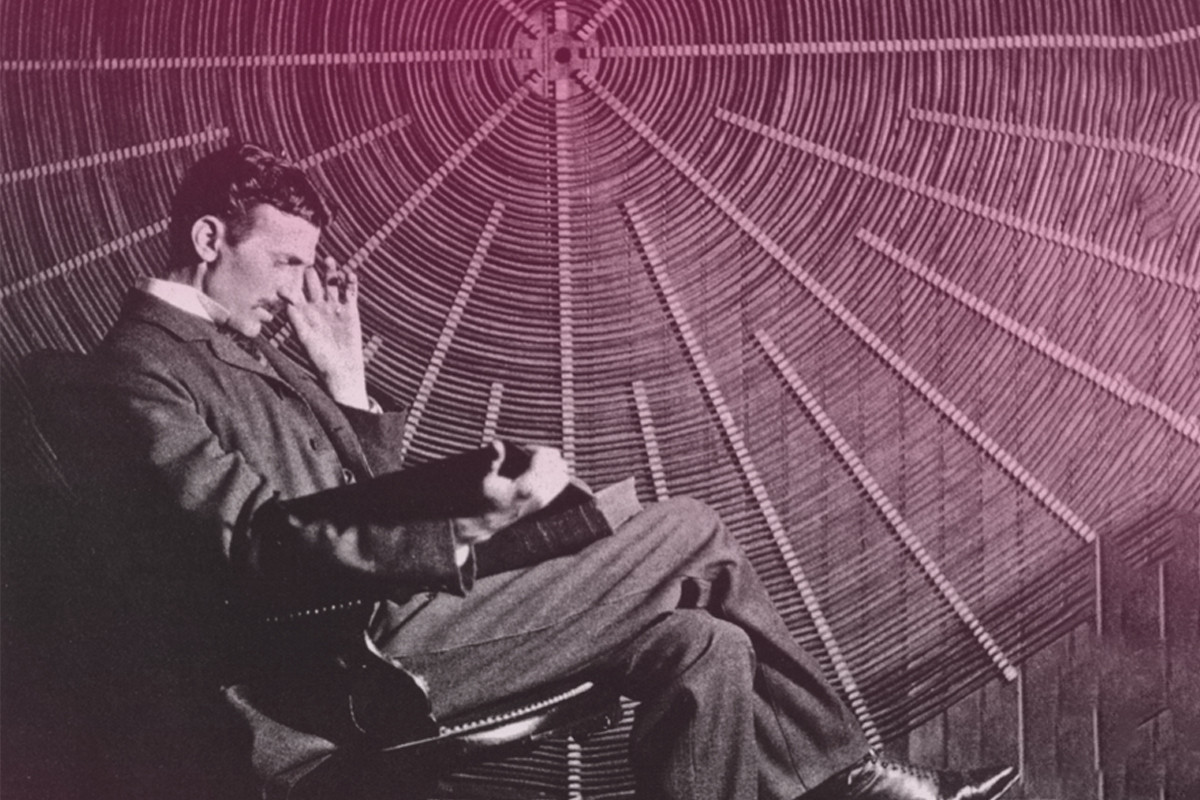
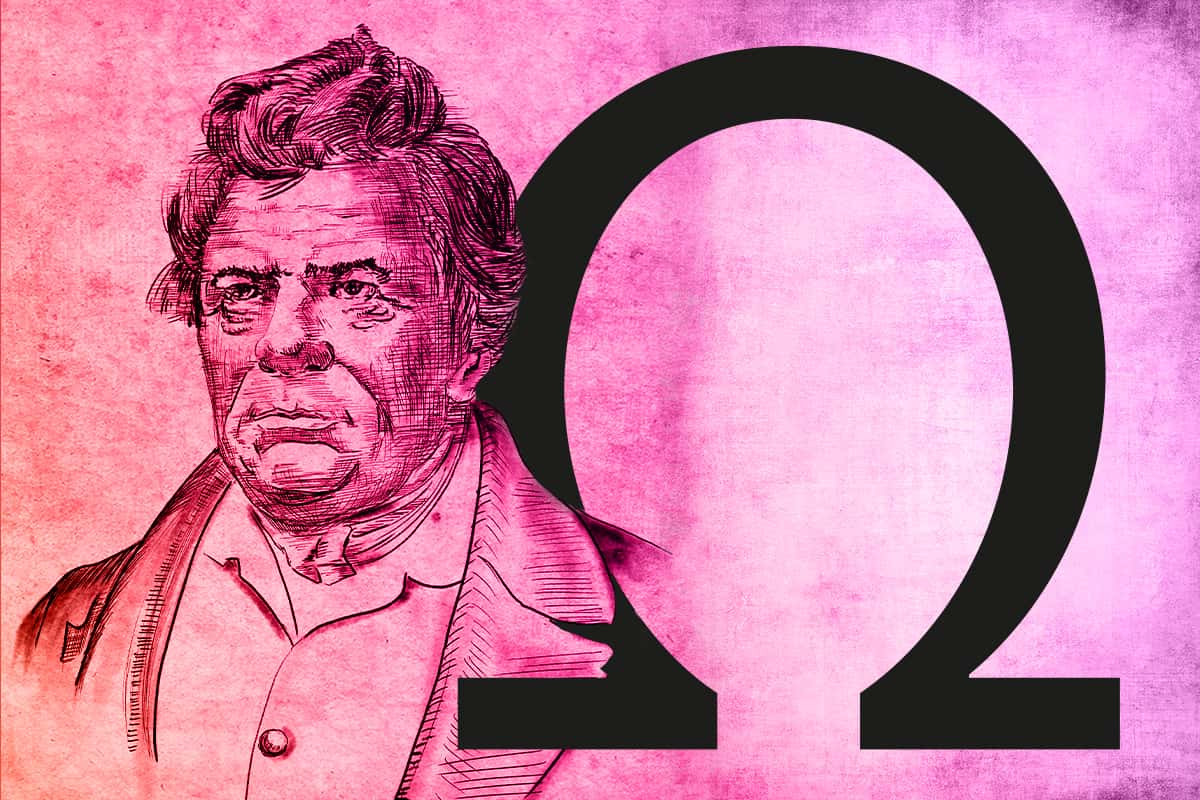
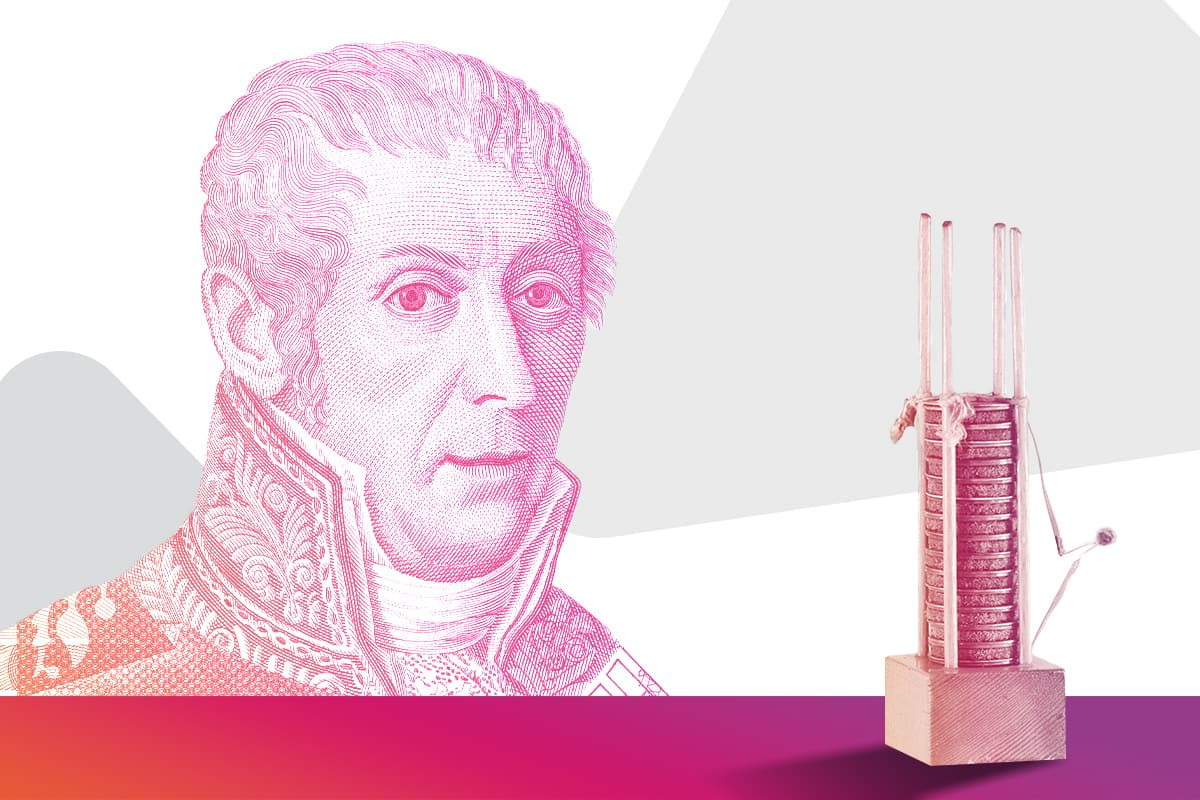
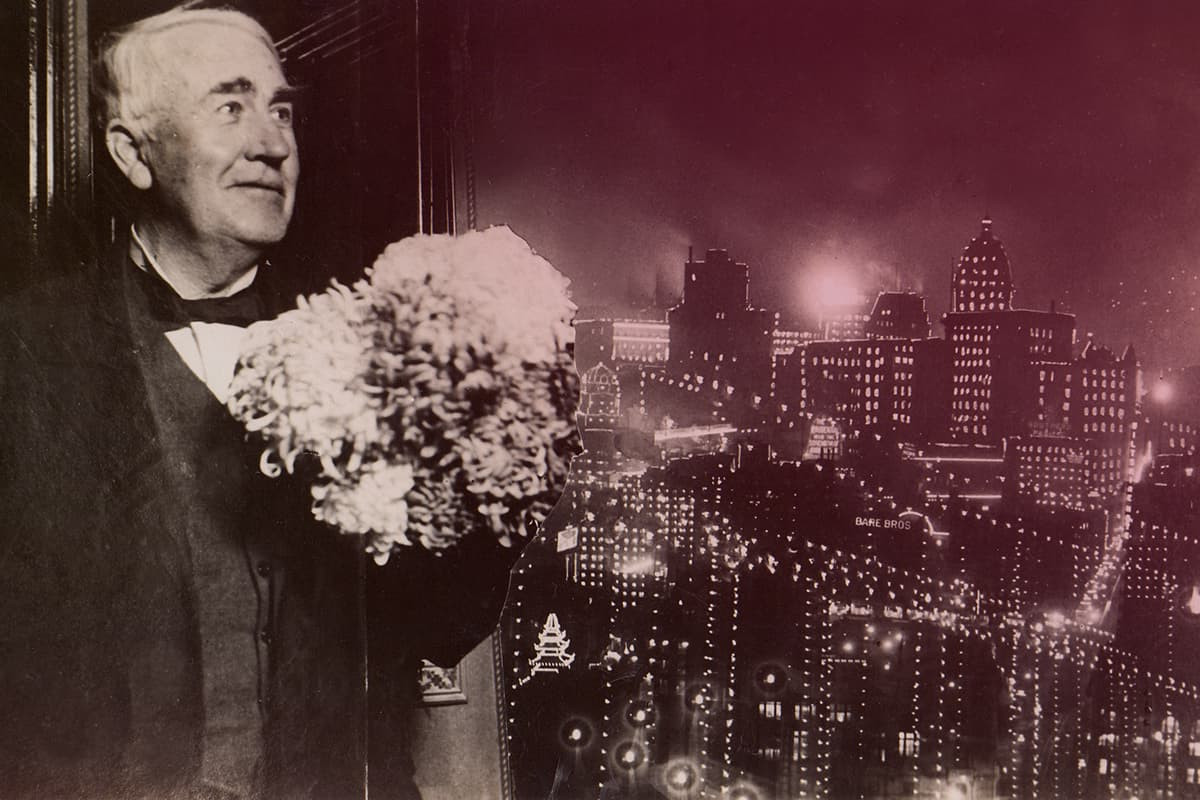
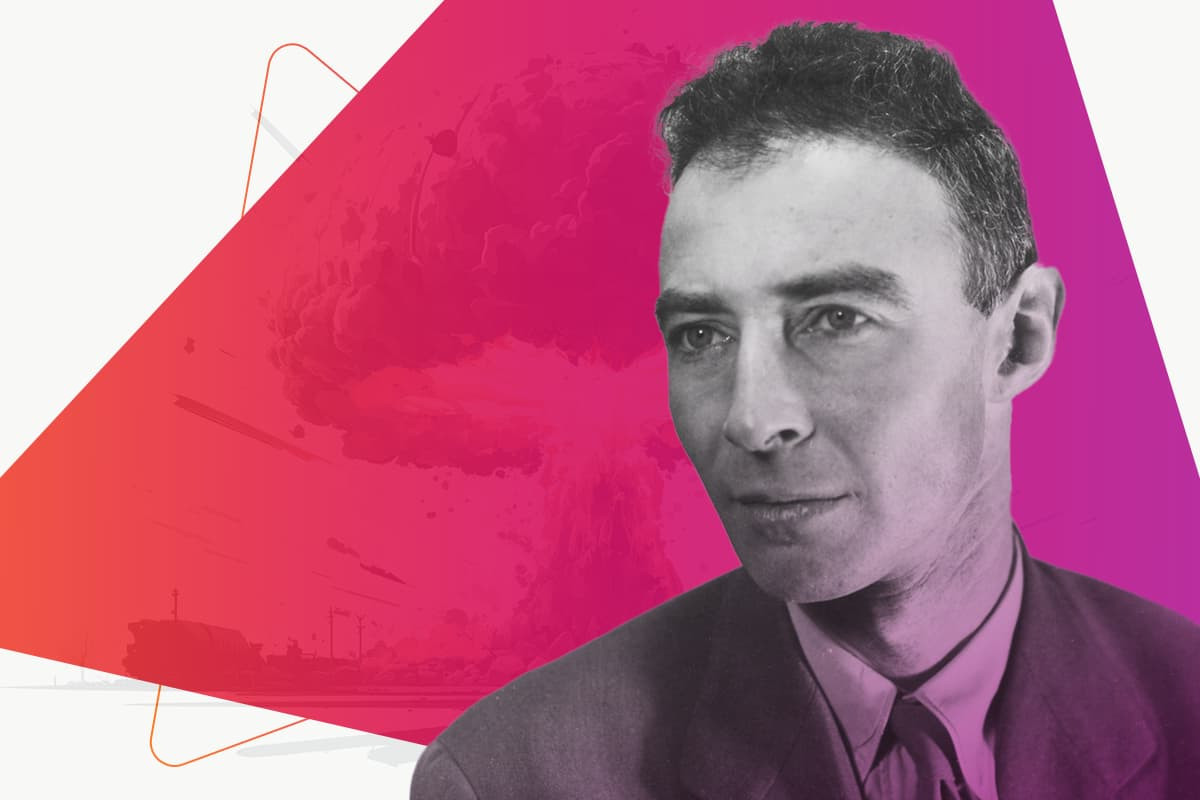
Leave a Comment